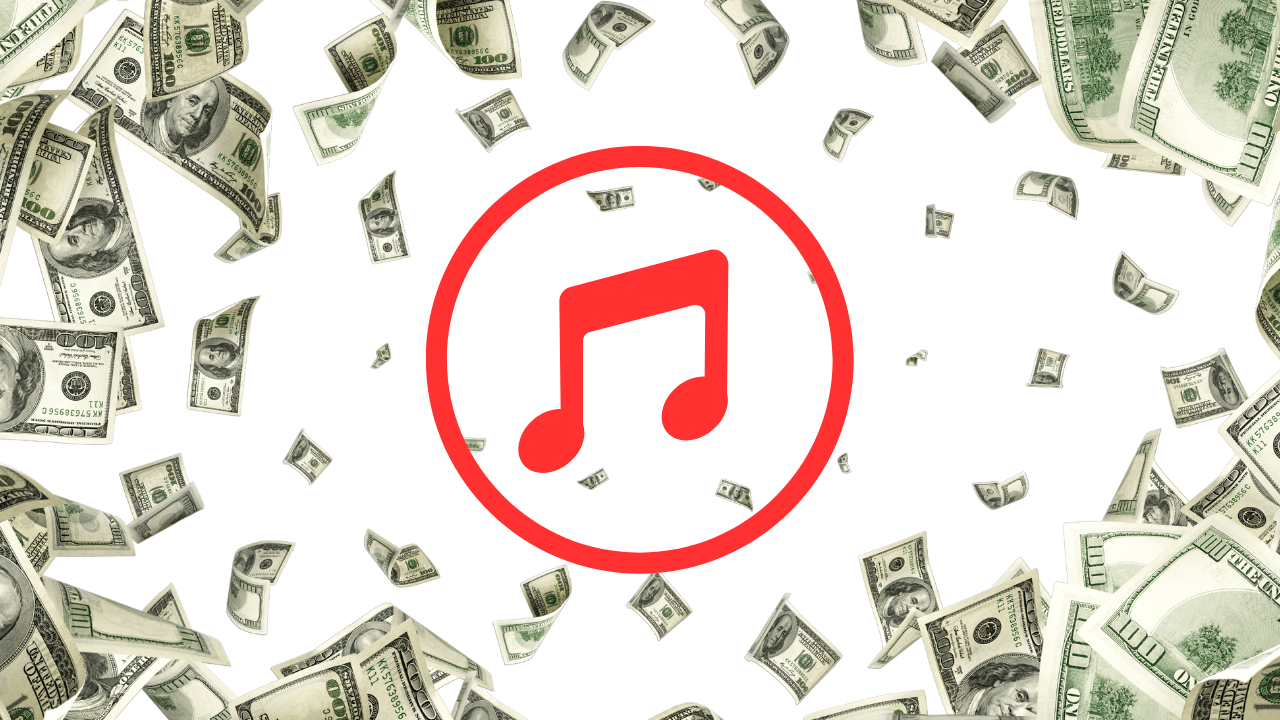The music industry has undergone significant transformations with the advent of digital streaming platforms. One critical aspect that every artist, songwriter, and music professional should understand is mechanical royalties, especially how they work on platforms like Apple Music. These royalties are a crucial source of income and a fundamental part of how artists are compensated for their work. In this comprehensive guide, we will explore the intricacies of mechanical royalties, their importance, how they are calculated and distributed on Apple Music, and the steps you can take to ensure you receive what you’re due.
Understanding Mechanical Royalties
Mechanical royalties are payments made to songwriters, composers, and publishers for the right to reproduce and distribute their music. The term “mechanical” originates from the era of mechanical piano rolls, the first method of reproducing recorded music. Today, mechanical royalties apply to various formats, including physical sales (like CDs and vinyl) and digital formats (downloads and streams). When a song is played on a streaming service such as Apple Music, a mechanical royalty is generated for the underlying composition’s rights holder.
Key Elements of Mechanical Royalties:
- Rights Holder: Typically includes songwriters, composers, and music publishers.
- Reproduction and Distribution: Covers physical and digital reproductions.
- Payment: Royalties are paid by the entity reproducing or distributing the music (e.g., record labels, streaming services).
The Significance of Apple Music in the Digital Age
Apple Music has become one of the leading digital music streaming platforms globally, with millions of subscribers and a vast library of songs. For artists and songwriters, Apple Music offers a significant opportunity to reach a wide audience and generate income through streaming. The platform’s subscription model, where users pay a monthly fee for access to music, plays a vital role in the distribution of mechanical royalties.
Apple Music’s Role:
- Global Reach: Offers access to a worldwide audience.
- Revenue Model: Subscription-based, contributing to a steady flow of revenue.
- Royalty Distribution: A portion of subscription fees is allocated to rights holders.
How Mechanical Royalties Are Calculated on Apple Music
The calculation of mechanical royalties on Apple Music can be complex, involving various factors. Unlike traditional sales, where royalties might be a fixed amount per unit sold, digital royalties, especially from streaming, are more variable. The key factors influencing these calculations include the number of streams, the type of subscription (individual, family, or student plans), and the region where the streaming occurs.
Detailed Breakdown:
- Number of Streams: The more streams a song gets, the more mechanical royalties are generated. However, not all streams are equal, as the payout can vary based on the user’s subscription type and geographic location.
- Subscription Type: Apple Music offers different subscription tiers, including individual, family, and student plans. Each type contributes differently to the overall revenue pool, which affects the royalty calculation.
- Regional Differences: The payout rate can vary significantly by country due to different subscription fees and market conditions. For example, streams from the United States might generate higher royalties than those from developing countries.
The Collection Process of Mechanical Royalties
Collecting mechanical royalties from Apple Music involves several steps and the cooperation of various entities. Artists and songwriters typically work with mechanical rights organizations or music publishers to manage this process. These organizations ensure that the proper licenses are in place and that royalties are accurately tracked and paid.
Key Steps:
- Registration: Artists must register their compositions with a mechanical rights organization or music publisher. This registration is crucial for tracking and collecting royalties.
- Licensing: Proper licensing must be in place for songs to be legally streamed. This includes both mechanical and performance licenses.
- Royalty Collection: Once the music is streamed, the mechanical rights organization collects the royalties from Apple Music and distributes them to the rights holders.
Importance of Accurate Metadata in Royalty Collection
Accurate metadata is essential for ensuring that mechanical royalties are properly allocated. Metadata includes crucial information such as the song title, songwriter names, publisher details, and more. Errors or omissions in this data can lead to unclaimed royalties, as the streaming platform may not accurately identify the rightful owners of a composition.
Essential Metadata Components:
- Song Title: The official title of the song as registered.
- Songwriter Information: Full names and roles of all contributing songwriters and composers.
- Publisher Details: Information about the music publisher(s) involved.
- Other Identifiers: Such as International Standard Musical Work Code (ISWC) and International Standard Recording Code (ISRC).
Common Challenges in Managing Mechanical Royalties on Apple Music
Managing mechanical royalties can be challenging due to the complexities of digital music distribution. Some of the common issues include tracking and reporting accuracy, dealing with multiple rights holders, and understanding different regional regulations. These challenges make it essential for artists and songwriters to work with professionals who can navigate the intricacies of royalty management.
Challenges Explained:
- Tracking and Reporting: Ensuring accurate tracking of streams and the proper reporting of royalties can be difficult, especially for independent artists who may not have access to detailed analytics.
- Multiple Rights Holders: Songs often have multiple songwriters and publishers, making it necessary to split royalties correctly among all parties.
- Regional Regulations: Different countries have varying regulations regarding royalty collection and distribution, which can complicate the process.
Strategies for Maximizing Mechanical Royalties
To maximize mechanical royalties from Apple Music, artists and songwriters should take proactive steps to manage their music and rights. This includes ensuring accurate metadata, working with reputable mechanical rights organizations, and leveraging promotional opportunities on the platform to increase streams.
Tips for Maximization:
- Ensure Accurate Metadata: Double-check all song details, including titles, credits, and publisher information, to avoid errors that could lead to lost royalties.
- Collaborate with Professionals: Work with experienced mechanical rights organizations or music publishers who can manage licensing and royalty collection.
- Utilize Apple Music’s Tools: Take advantage of Apple Music’s promotional tools, such as playlists and artist profiles, to increase visibility and attract more streams.
The Future of Mechanical Royalties and Apple Music
The landscape of mechanical royalties and digital music is continuously evolving. As streaming becomes the dominant form of music consumption, the industry may see changes in how royalties are calculated and distributed. For instance, new licensing models and dynamic royalty rates could emerge, adapting to market trends and technological advancements.
Potential Future Trends:
- Dynamic Royalty Rates: Adjustments in royalty rates based on streaming patterns and market conditions.
- New Licensing Models: Innovations in licensing, such as direct artist-to-platform agreements, could change how royalties are managed.
- Technological Integration: Advanced technologies like blockchain could improve transparency and efficiency in royalty tracking and distribution.
Conclusion
Navigating the world of mechanical royalties on Apple Music can be complex, but it is crucial for artists, songwriters, and music professionals. By understanding how these royalties are generated, calculated, and collected, you can ensure that you receive fair compensation for your work. With the right knowledge and tools, you can maximize your earnings and protect your rights in the ever-changing music industry.
For further reading, explore these related articles:
- Understanding YouTube Music Royalties: A Comprehensive Guide for Musicians
- Understanding All Types of Music Royalties
- Understanding Music Royalties: What You Need to Know About Distribution
For additional resources on music marketing and distribution, visit Deliver My Tune.




